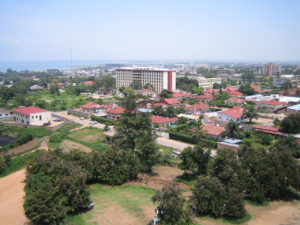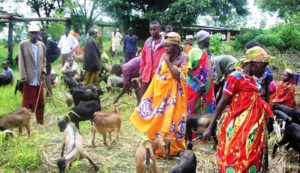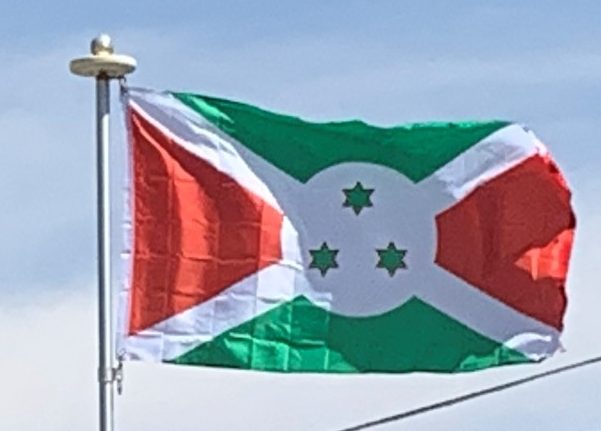
The classification of Hutu or Tutsi was not merely based on ethnic criteria alone. Hutu farmers that managed to acquire wealth and livestock were regularly granted the higher social status of Tutsi, some even made it to become close advisers of the Ganwa. On the other hand, there are also reports of Tutsi that lost all their cattle and subsequently lost their higher status and were called Hutu. Thus, the distinction between Hutu and Tutsi was also a socio-cultural concept, instead of a purely ethnic one. There were also many reports of marriages between Hutu and Tutsi people. In general, regional ties and tribal power struggles played a far more determining role in Burundi’s politics than ethnicity.
Burundi ceased to be a monarchy when king Ntare V Ndizeye was deposed by his Prime Minister and Chief of Staff, Capt. Michel Micombero, who abolished the monarchy and declared a republic following the November 1966 coup d’état.
Colonization:
From 1884, the German East Africa Company was active in the African Great Lakes region. As a result of heightened tensions and border disputes between the German East Africa Company, the British Empire and the Sultanate of Zanzibar, the German Empire was called upon to put down the Abushiri revolts and protect the empire’s interests in the region. The German East Africa Company transferred its rights to the German Empire in 1891, in this way establishing the German colony of German East Africa, which included Burundi (Urundi), Rwanda (Ruanda), and the mainland part of Tanzania (formerly known as Tanganyika). The German Empire stationed armed forces in Rwanda and Burundi during the late 1880s. The location of the present-day city of Gitega served as an administrative center for the Ruanda-Urundi region.
During the First World War, the East African Campaign greatly affected the African Great Lakes region. The allied powers, the British Empire and Belgium launched a coordinated attack on the German colony. The German army stationed in Burundi was forced to retreat by the numerical superiority of the Belgian army and by 17 June 1916, Burundi and Rwanda were occupied. The Force Publique and the British Lake Force then started a thrust to capture Tabora, an administrative center of central German East Africa. After the war, as outlined in the Treaty of Versailles, Germany was forced to cede “control” of the Western section of the former German East Africa to Belgium.

On 20 October 1924, Ruanda-Urundi, which consisted of modern-day Rwanda and Burundi, became a Belgian League of Nations mandate territory, with Usumbura as its capital. In practical terms it was considered part of the Belgian colonial empire. Burundi, as part of Ruanda-Urundi, continued its kingship dynasty despite the invasion of Europeans.
The Belgians, however, preserved many of the kingdom’s institutions, the Burundian monarchy succeeded in surviving into the post-colonial period. Following the Second World War, Ruanda-Urundi was classified as a United Nations Trust Territory under Belgian administrative authority. During the 1940s, a series of policies caused divisions throughout the country. On 4 October 1943, powers were split in the legislative division of Burundi’s government between chiefdoms and lower chiefdoms. Chiefdoms were in charge of land, and lower sub-chiefdoms were established. Native authorities also had powers. In 1948, Belgium allowed the region to form political parties. These factions contributed to Burundi gaining its independence from Belgium, on 1 July 1962.
Independence:
On 20 January 1959, Burundi’s ruler Mwami Mwambutsa IV requested Burundi’s independence from Belgium and dissolution of the Ruanda-Urundi union. In the following months, Burundian political parties began to advocate for the end of Belgian colonial rule and the separation of Rwanda and Burundi. The first and largest of these political parties was the Union for National Progress (UPRONA).
